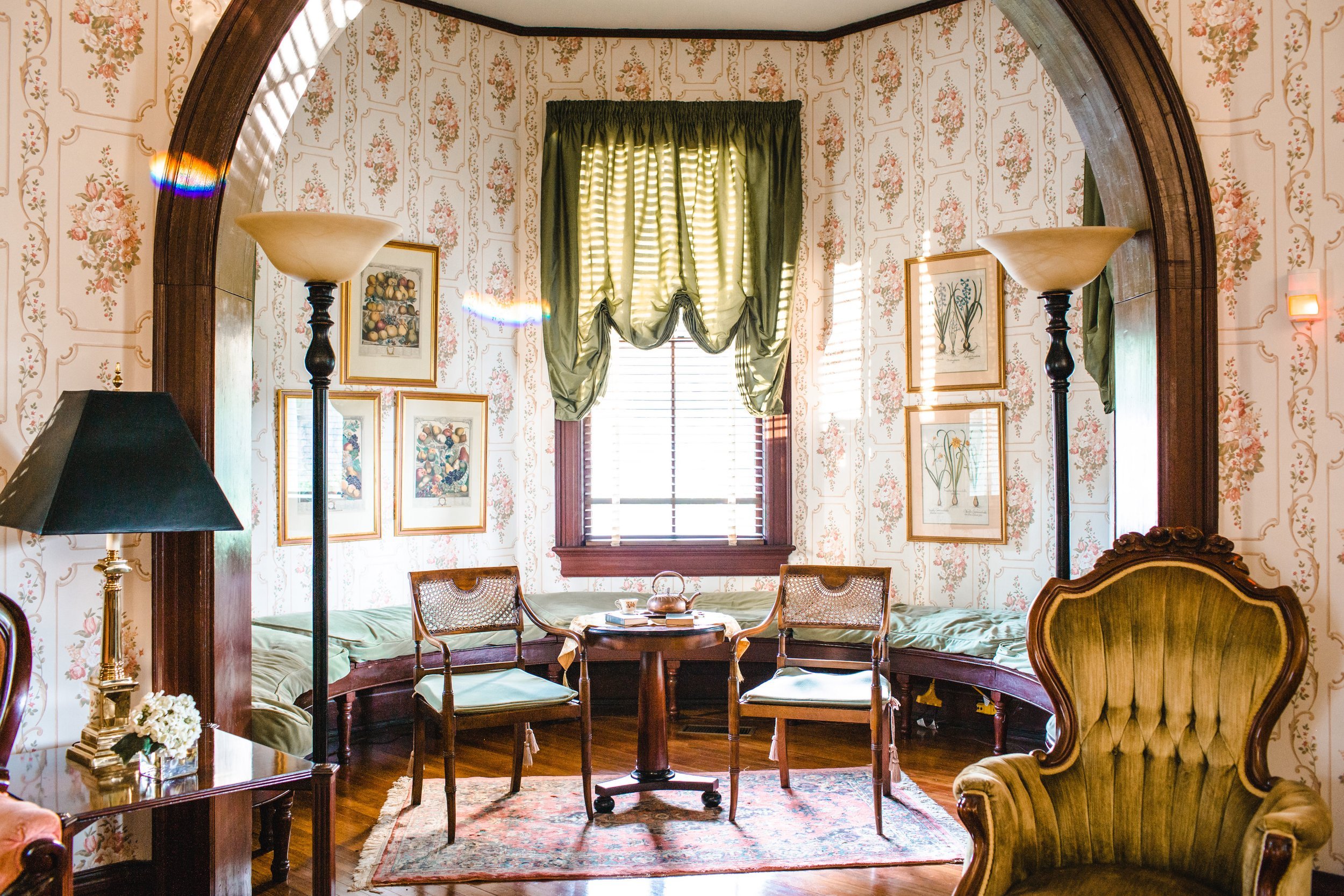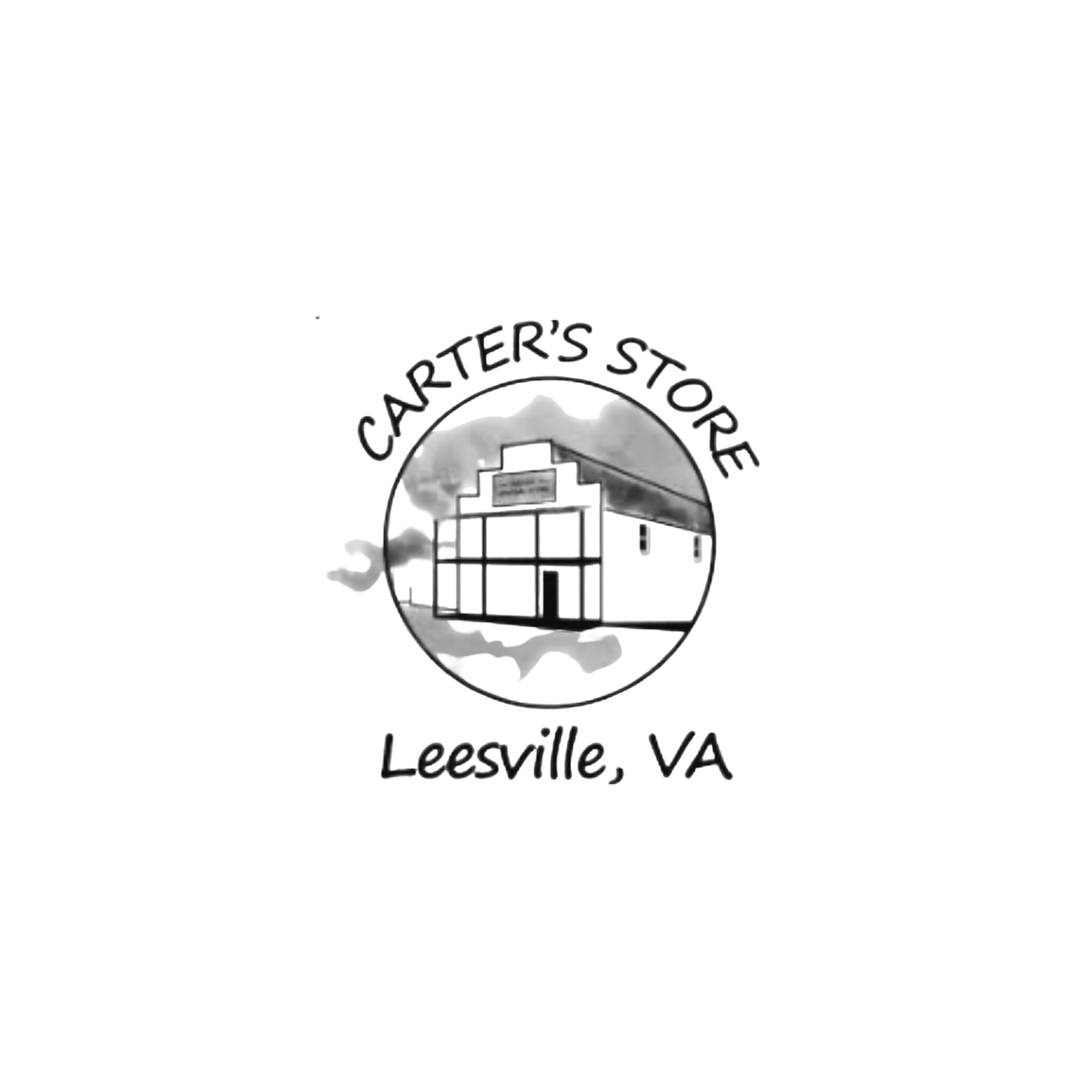Avoca’s History
The Saponi
The Saponi are a Native American people whose descendants are today often found along the Virginia-North Carolina border. There is little doubt that some descendants live in modern-day Canada. They spoke a Souian type of dialect and shared cultural characteristics with the Tutelo, Occaneechi, Monacan, Manahoac and other eastern Siouan peoples. Reduced by disease and warfare, surviving members of the tribe migrated north to merge with other tribes (one contingent went north and surrendered to their enemies in the Iroquois Confederacy!) and disappeared from the historic record by the end of the 18th century. According to an account by William Byrd II recorded in the early eighteenth century, the Saponi were a spiritual people. They held to a belief reminiscent of reincarnation. They also believed that there was an afterlife in which those who practiced good were rewarded and those who practiced evil were punished.
Some historians believe that the Saponi were probably the same as the Monasuccapanough, a Virginia people mentioned in 1608 by John Lederer as being related to the Monacans. Captain John Smith reported in his journal that Chief Powhatan had warned the English not to meddle with the Monasuccapanough as they were known to be determined warriors when they had to be. Apparently, the Saponi traded with Native people from as far away as the Ohio River Valley and possibly those who lived along the Mississippi River. Their society was based upon hunting-gathering practices and they used wampum as currency. Their meat diet consisted largely of venison and fish, as evidenced by the fishing weirs built by them that survive even to the present. Their main village is believed to have stood somewhere in the vicinity of Charlottesville.
John Lederer was probably the first English-speaker to make contact with the Saponi in 1670 near present-day Avoca Museum (at the confluence of the Otter and Staunton River. English-speakers passing through the area made their acquaintance once more the following year. In 1676, Bacon’s Rebellion cast its shadow over the tribe as English settlers attacked the Saponi and their allies, the Occaneechi. This was unexpected because the Saponi were regarded by English society as a friendly tribe. It is probable that they were mistaken for the Doeg, who truly had attacked white settlements in the area.
Nearly destroyed by the ferocity of the attacks, the Saponi relocated to three islands at the confluence of the Dan and Staunton Rivers in Clarksville (southeast of Avoca Museum) with other friendly tribes, the Occaneechi, Tutelo, and Nahyssans.
By 1701, the Saponi and allied tribes had coalesced and were sometimes called the Tutelo. They began the process of relocating to the location of present-day Salisbury, North Carolina. It is believed that this was done to put a buffer zone between themselves and white settlement. By 1711, they were just east of the Roanoke River and west of modern north-central North Carolina. In 1714, Governor Spotswood resettled them around Fort Christanna in Virginia. The tribes presumably agreed to this arrangement for protection from hostile tribes. However, the Virginia House of Burgesses voted to abandon the fort and school in 1718. Fortunately, the Siouan tribes continued to stay in that area for some time. They gradually moved away in small groups over the years 1730–1750. One record from 1728 indicated that Colonel William Byrd II made a survey of the border between Virginia and North Carolina, guided by Ned Bearskin, a Saponi hunter. This record suggests that the people were still in the area a decade after the fort was abandoned. Byrd noticed untended corn crops and surmised that they indicated an unfortunate situation for the native people. Around 1740, the Saponi decided to assimilate into the culture of their attackers from the north – the Cayuga, part of the Iroquois Confederacy. They were formally adopted by the Cayuga Nation in 1753.
Smaller bands were noted in Pennsylvania as late as 1778. Some were still in North Carolina much later. The Iroquois sided with the British in the American Revolution. Consequently, they were forced into exile after the United States won the war and their new home became British-controlled Canada. Unfortunately, their recorded history stops there.

Colonel Charles Lynch
Colonel Charles Lynch was an American Patriot who left behind an enduring legacy on his community and his nation. However, as is the case with many famous Americans, there are several misconceptions about Colonel Charles Lynch. Many accounts depict him as a larger than life, and most notably a brutish, figure but these descriptions may be viewed as far too simplistic. Lynch was a principled man, and he lived his life in pursuit of bettering his community and country.
Special thanks…
Avoca Museum would like to thank our generous annual sponsors!



























